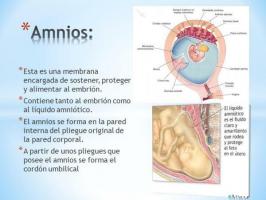Discover ALL the muscles of the abdomen and their functions
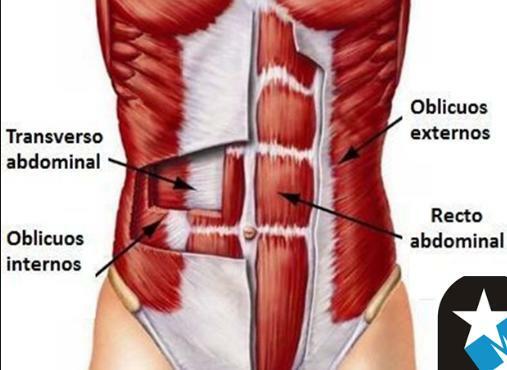
Image: Premium Rehabilitation Madrid
The muscles of the abdomen are essential for the strength and stability of the trunk, protect the spine, keep the viscera in position and numerous daily activities such as urination, defecation, breathing, etc. Despite having an important function, these muscles are only five but they are large, strong and apparent muscles that are extend from the thorax to the upper part of the pelvis, intersecting and associating with each other to function in a joint. In this lesson from a TEACHER we will review what are the muscles of the abdomen, how they are associated and their function. If you want to know more, keep reading!
As in other parts of the body, the muscles of the abdomen can be classified according to the region where they are located. In this case, the muscles of the abdomen are divided into three groups:
- Anterior muscles: anterior rectus muscle and pyramidal muscle.
- Lateral muscles: external oblique muscle, internal oblique muscle and transverse or transverse muscle.
- Posterior muscle: quadratus lumbar muscle
The anterior abdominal muscles are located in the anterior part of the abdomen, that is, in the region of the belly, between the ribs and down to the pelvis. These muscles are two: the anterior rectus and the pyramidal.
- The muscle anterior rectus It is a thin muscle that descends vertically in the anterior part of the abdominal wall, from the ribs to the pubis. It is what we commonly call a chocolate bar, six-pack or eight-pack. This muscle is in turn divided into 8 parts, separated into two groups of four by a tendinous band, called the linea alba. The linea alba is a band approximately 2.5 cm wide and lacks nerves and blood vessels, which is why it is often used as a point of entry or approach in surgeries. This muscle attaches to the cartilage of some ribs and allows the trunk to flex.
- The muscle pyramidal It is a small muscle, pyramidal in shape, found in the anteroinferior part of the abdomen, in front of the rectus major, between the pubis and the navel. This muscle is very peculiar since only 80% of people have it and its function is unclear. It is believed that it can help maintain the tension linea alba.
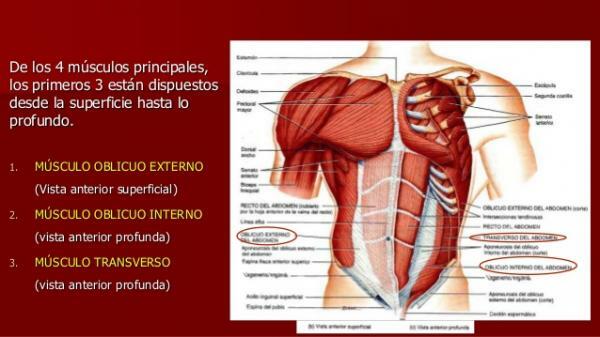
Image: Slideshare
The lateral muscles of the abdomen are located on the sides of the body, on the sides of the ribs, at different depths. These muscles are: internal oblique, external oblique, and transverse.
- The muscle internal oblique It is a paired muscle that runs down the sides of the body from the last three ribs to the outside of the iliac crest (hip). Its function is, together with the external oblique, to allow flexion of the trunk, especially during spinal rotation or flexion of the trunk towards the same side of the oblique (hemiflexion). In addition, it is also important to hold the abdominal viscera in their correct position.
- The muscle external oblique it is a paired muscle that is strongly associated with the internal oblique. This muscle runs from the last eight ribs to the outside of the iliac crest. The fibers are arranged in the opposite direction to how they are arranged in the internal oblique, which allows the obliques to flex and rotate the body, acting in coordination. In addition, it also supports the viscera of the abdomen by compression.
- The muscle transverse or transversal of the abdomen is a pair, wide muscle, located around the lumbar area. The transverse muscle runs along the lateral part of the flank, from the lower six ribs to the iliac crest and the inguinal ligament. This is the deepest muscle in the abdominal region and is the main compressor of the viscera and they act during urination, defecation or coughing.
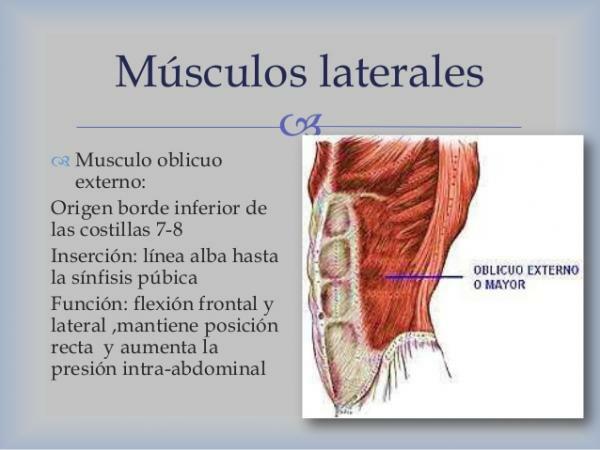
Image: Slideshare
Within the posterior region of the abdomen, along the spine, we only found one muscle: the quadratus lumbar or square muscle of the loins. This paired muscle originates from the iliac crest and ends up inserting into the last ribs and the transverse processes of the lumbar vertebrae. The function of the quadratus lumbar spine is to stabilize the spine and allow lateral flexion to the same side and expiration.
The psoas, iliopsoas or iliopsoas muscle It is a paired muscle that extends from the abdominal cavity to the front of the thigh. This muscle is the main flexor of the thigh and the most powerful flexor muscle of the hip, so it is normally described within the muscles of the front of the leg.
In addition to producing the flexion of the leg that we raise when we start walking, the psoas acts on the position of the lumbar region during gait and resists the extension of the joint coxal. In addition, the psoas initiates trunk flexion at the fixed thigh hip in squat-like lowering movements of the body.
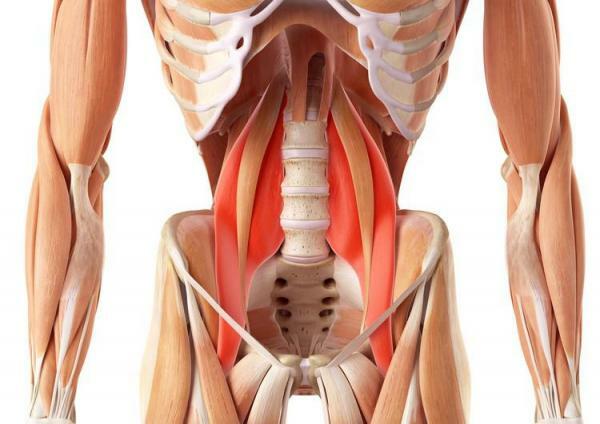
Image: VIX


